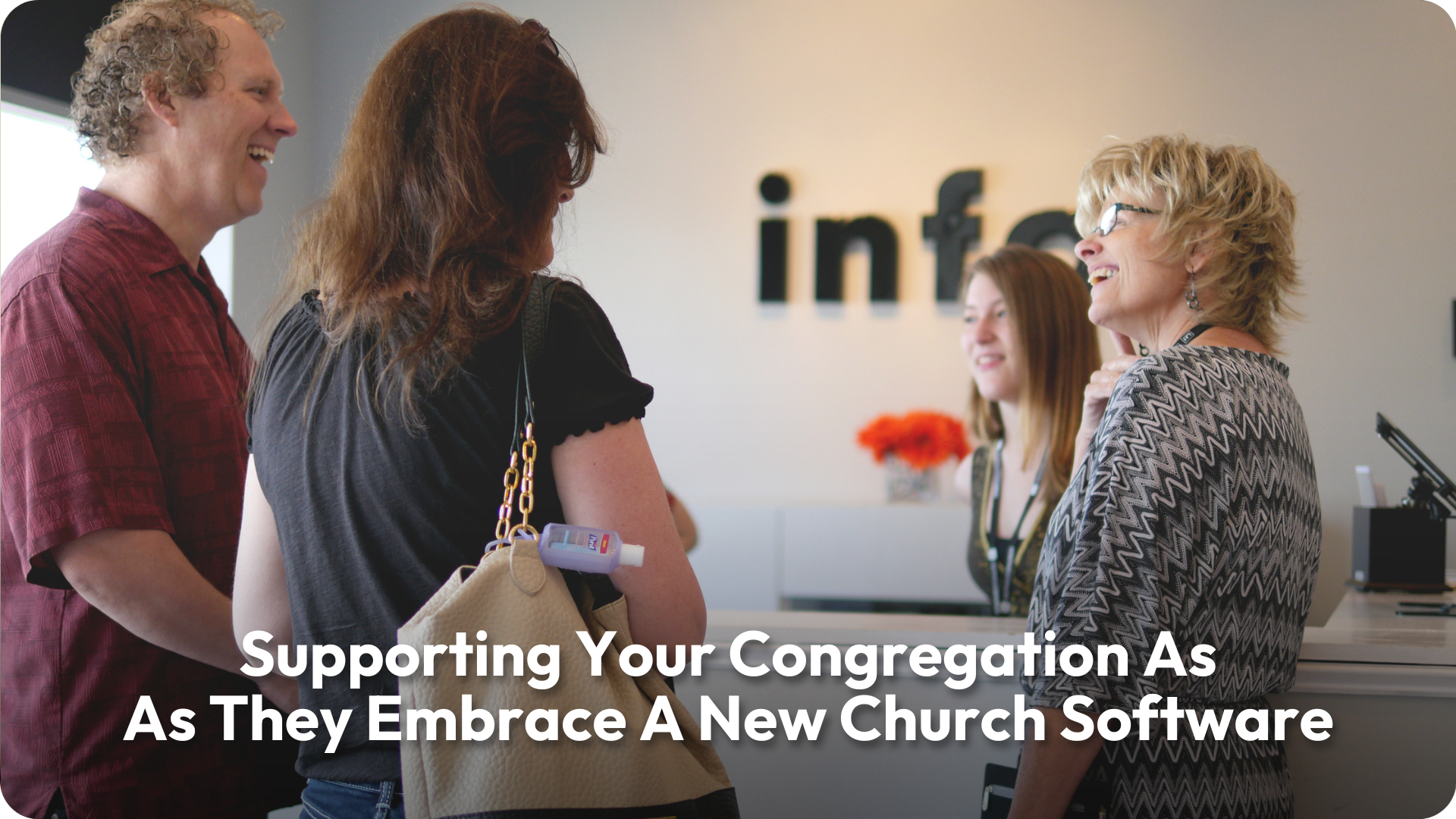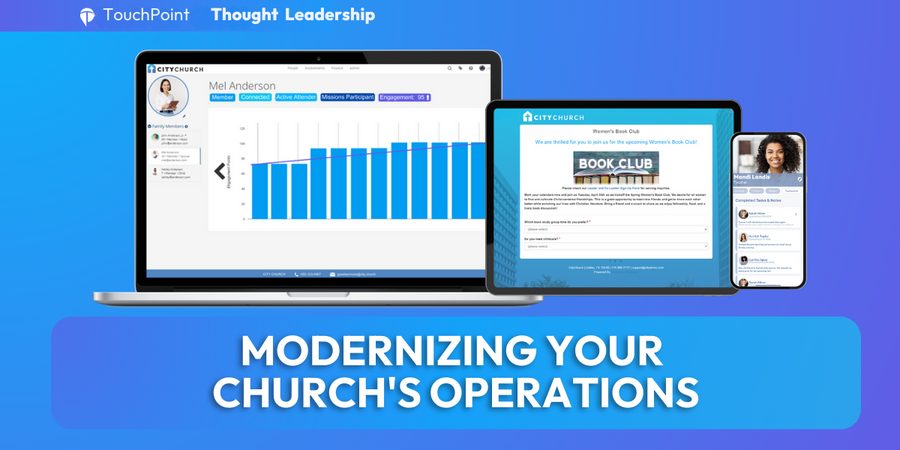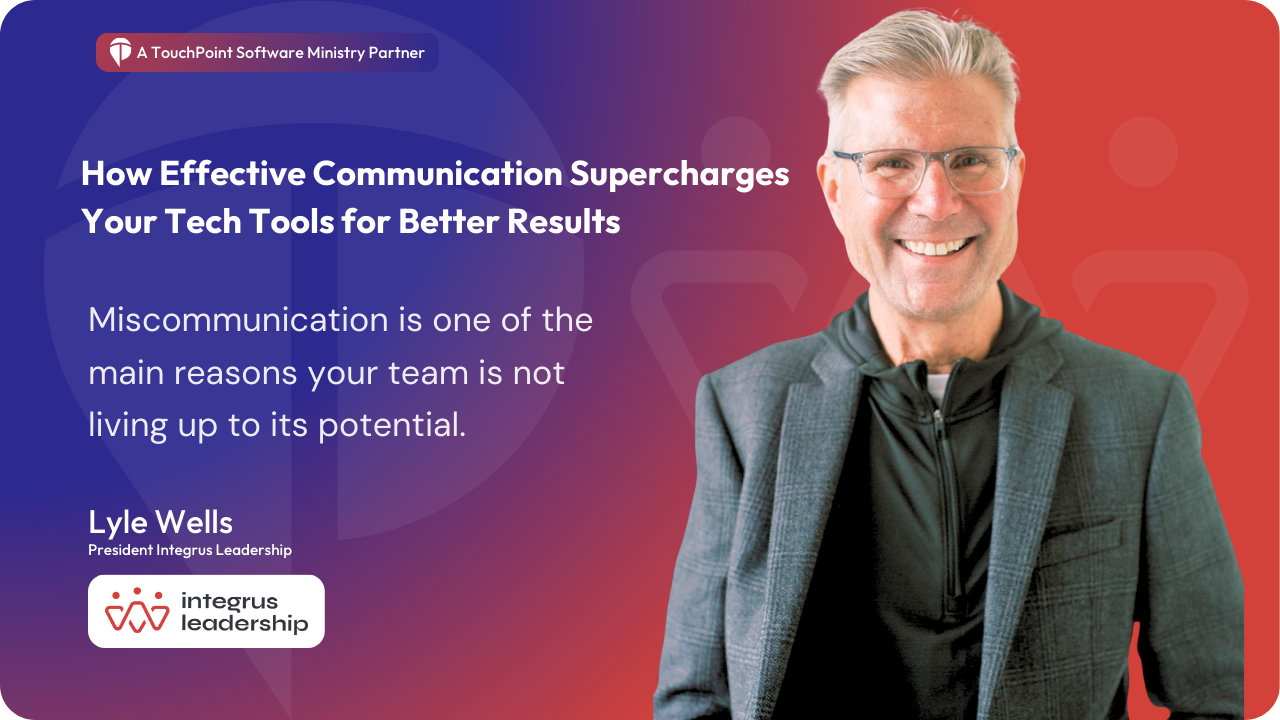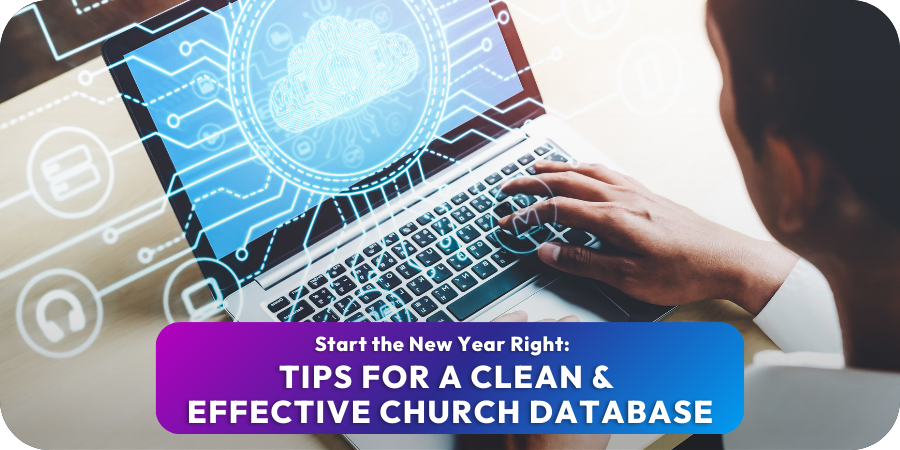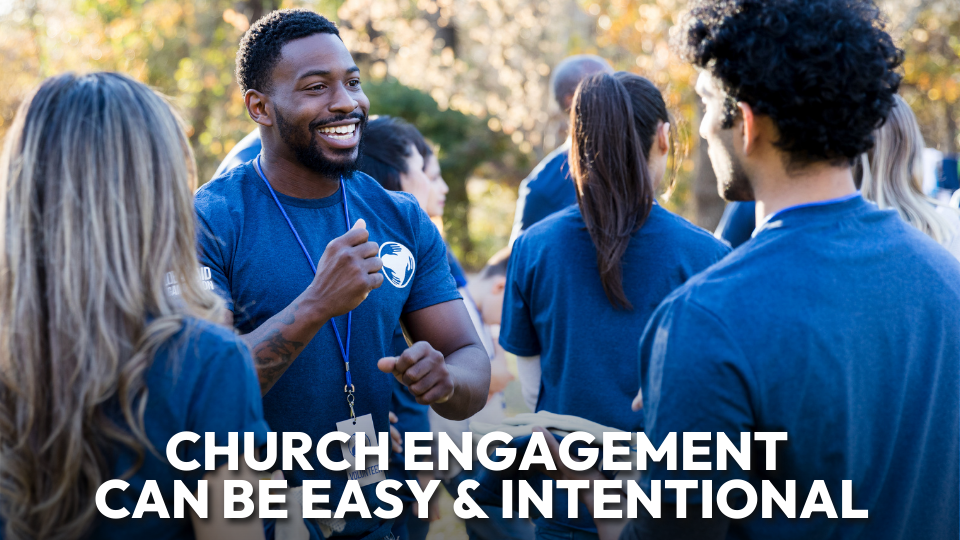When a church adopts a new church management software (ChMS), the transition affects more than technology. It touches families as they learn a new way to check in their children, members as they adjust to different giving tools, and regular attenders figure out how to register for events. The true measure of this transition is how well it helps people stay connected to their faith journey—feeling supported, cared for, and able to engage without difficulty.
At TouchPoint Software, we’ve seen that when churches prepare their people with clarity and care, the process becomes smoother and members remain engaged. This guide outlines best practices for church staff who want to help their members embrace your new church software with confidence.
Cast A Clear Vision First
The goal is to make the transition feel as seamless as possible. Leaders can focus on how the new system will enhance connection, simplify participation, and support ministry in meaningful ways.
Your role as staff is to explain not only what’s changing but why it matters. A short, consistent vision statement repeated across communication channels will help everyone understand the purpose behind the transition.

Communicate With Clarity And Consistency
Clarity builds trust, and consistent messaging prevents confusion. Rolling out a new system is an opportunity to put those strategies into action.
Some best practices include using Sunday announcements to set expectations weeks before launch. Send emails and texts with specific examples: “Here’s how you’ll register for Fall Festival this year.” Record short video walkthroughs for new giving or event sign-ups. Add an FAQ page to your website to answer the most common questions. In most cases, churchgoers will only need to set up a new giving account using their preferred online payment option.
Cross Church in Northwest Arkansas, which averages over 9,000 churchgoers on a weekend, provides a strong example by maintaining a public FAQ page for new and visiting guests. Churches can model this by building their own FAQ hub to serve as a central, ongoing resource.
Roll Out In Manageable Steps
Significant changes are easier when introduced gradually. A phased rollout reduces overwhelm for both staff and congregants.
A simple three-phase rollout could look like this:
Start With Giving
Launch online and recurring giving first. According to ECFA’s State of Giving, church giving has not kept pace with inflation over the past few years. Encouraging recurring digital giving early provides stability and helps churchgoers feel confident in the process.
Add Event Registration
Once giving adoption has begun, move event sign-ups into the new system. Be sure the process is faster and more intuitive than before.
Introduce Check-In
Wrap up the rollout with children’s and volunteer check-in. Parents will appreciate the added security, and staff will benefit from better attendance records.

Provide Support Where People Need It
Friendly, visible support helps ensure every guest feels confident using the new system. Having welcoming team members available to offer guidance creates a smooth, reassuring experience from the start.
Place volunteers in the lobby with tablets on launch Sundays. Use stage time to show how quick it is to register or give. Equip small group leaders to be the first point of contact for questions.
With attendance patterns shifting (about one-third of U.S. adults now attend monthly in person, while 23% watch services online) it’s essential to provide support both in person and online.
Keep the Website Simple and Useful
During a transition, your website becomes the central hub for communication. If it’s cluttered, people will feel lost.
Focus on these key pathways: Plan a Visit, Give, Register, and Watch Online. Link directly to forms that flow into your database so staff don’t need to duplicate effort. Add a homepage banner that points churchgoers to the new system, with a clear message like: “Set Up Your New Giving Account Here.”
Barna’s 2025 research highlights that 75% of Christians value online giving options and 74% want digital resource hubs. Keeping your site simple and actionable helps meet those expectations.

Position The Mobile App For Committed Members
A church mobile app can serve various purposes, depending on the features it offers. For some, it may offer a welcoming entry into church life; for others, it becomes a valuable tool for deepening discipleship and engagement. The key is to introduce the app in a way that aligns with how your church uses it and the next steps you want people to take.
Introduce the app as the place where churchgoers can give, join groups, register for events, and receive ministry updates. Encourage downloads after someone takes a first step, such as registering for a class or setting up giving. Ask staff and group leaders to model app use so others see its value in practice.
This keeps the website as the public front door and the app as a resource for those taking their next steps.
Celebrate Milestones Along the Way
Change feels easier when people see that it’s helping them. Decide on meaningful goals ahead of time, then thank your congregation as you reach them. Examples include:
- Number of app downloads in the first month
- Percentage of recurring givers who moved to the new system
- Reduction in event registration times compared to the old process
- Small groups adopting digital communication tools
- Families successfully checked in using the new system
These milestones highlight how the system supports people in their discipleship journey and creates momentum for continued engagement.
Leading Well Through Change
Technology is only as effective as the people who use it. A successful transition is about more than a smooth migration—it’s about removing barriers, making next steps easier, and giving churchgoers confidence to stay engaged in their faith journey.
By casting vision, communicating often, introducing change in phases, and celebrating milestones, your church can help people stay connected to what matters most: discipleship and community.
Intentionally Built With Your Ministry In Mind
Keeping everyone connected on their personal journey.







